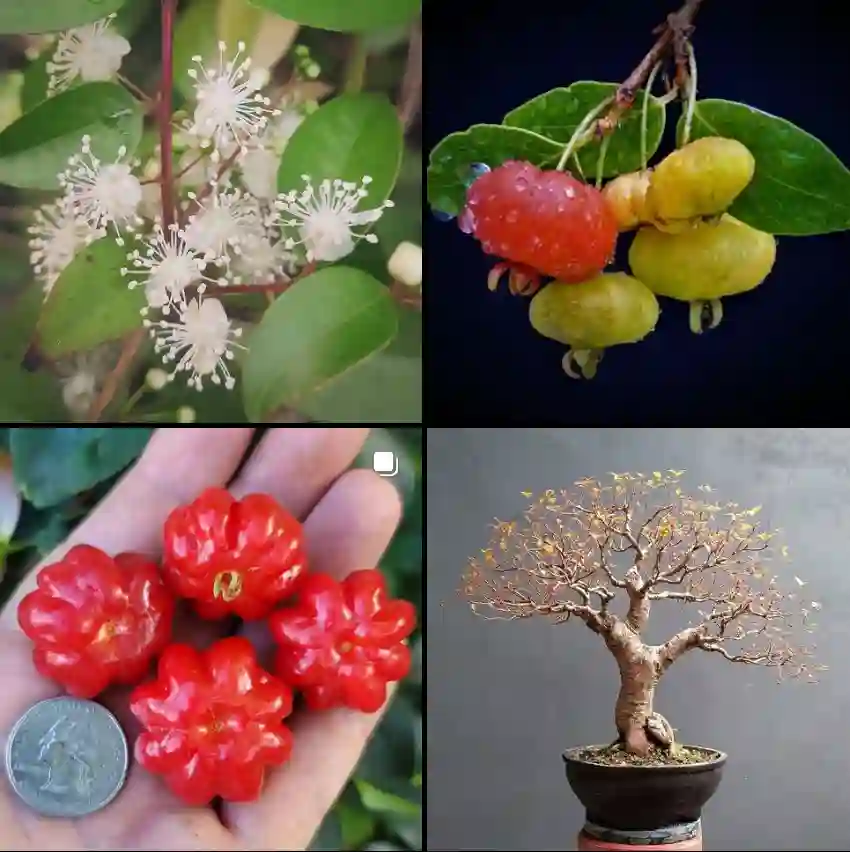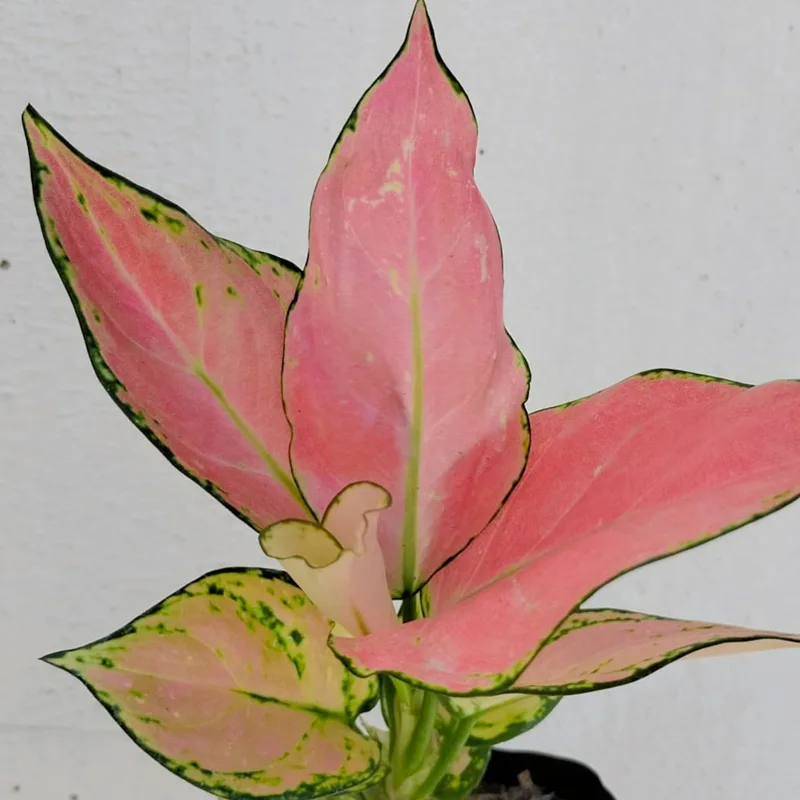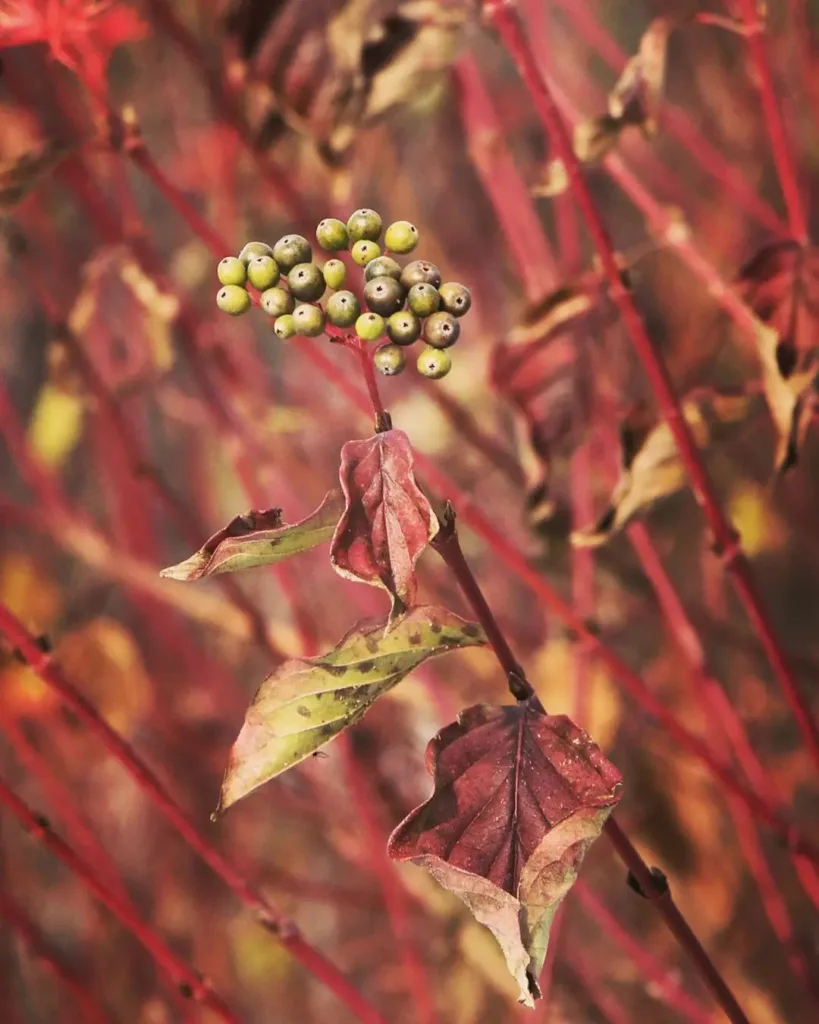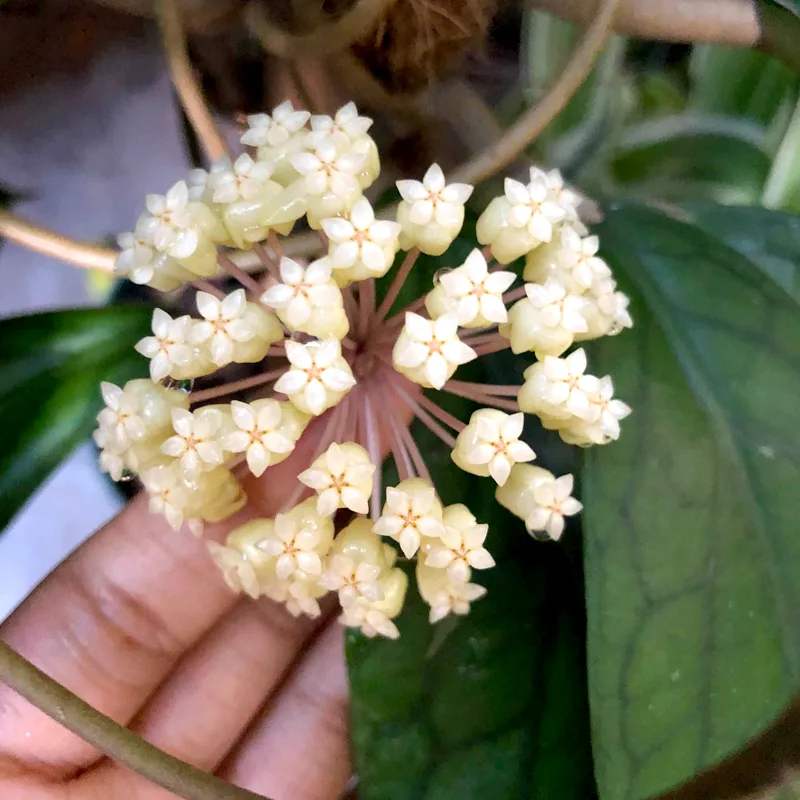The Charm of Lobularia: A Personal Exploration
My name is Ferb Vu, and I’ve always been drawn to the subtle beauty of the natural world. While orchids and roses often steal the spotlight, I find myself captivated by the understated elegance of less celebrated plants. One genus that has particularly piqued my interest is Lobularia, a group of flowering plants that, despite their diminutive size, possess a unique charm.
Lobularia, commonly known as sweet alyssum, belongs to the Brassicaceae family, which also includes familiar vegetables like broccoli and cabbage. Native to the Mediterranean region and Macaronesia, these plants are known for their clusters of small, fragrant flowers, typically white or purple, and their delicate, gray-green foliage.
A Closer Look at Lobularia Species
Though relatively small, the Lobularia genus boasts a diverse array of species, each with its own distinct characteristics. Here are:
- Lobularia arabica – Native to the Arabian Peninsula, Lobularia arabica is a resilient species that thrives in arid, sandy soils, producing small clusters of white or pale purple flowers.
- Lobularia canariensis – Known as the Canary Island Alyssum, Lobularia canariensis is endemic to the Canary Islands and grows in rocky habitats, displaying delicate white flowers.
- Lobularia libyca – Lobularia libyca is adapted to Mediterranean climates and is characterized by its small, fragrant white or pinkish flowers that attract pollinators.
- Lobularia maritima – Commonly called Sweet Alyssum, Lobularia maritima is popular in gardens worldwide for its fragrant, dense clusters of tiny white or purple flowers and its ability to spread as a ground cover. Plant FAQs: Sweet Alyssum – Lobularia Maritima
The Allure of Simplicity
In a world that often seems to value extravagance and grandeur, I find the simplicity of Lobularia refreshing. Their delicate blooms and subtle fragrance offer a quiet beauty that speaks volumes. They don’t demand attention but reward those who take the time to appreciate their understated elegance.
I’ve often found myself lost in thought while observing these plants. The way their tiny flowers sway in the breeze, the intricate patterns of their leaves, the subtle variations in their fragrance – these details create a sense of peace and tranquility that is hard to find elsewhere.
More Than Just a Pretty Face
Beyond their aesthetic appeal, Lobularia species play an important role in their ecosystems. Their fragrant flowers attract a variety of pollinators, including bees, butterflies, and hoverflies, contributing to the health and diversity of their environment.
Furthermore, Lobularia maritima has been used in traditional medicine for its purported anti-inflammatory and diuretic properties. While more research is needed to confirm these benefits, the potential medicinal applications of Lobularia add another layer of intrigue to this fascinating genus.
Cultivating Appreciation
My fascination with Lobularia has led me to cultivate these plants in my own garden. I’ve found them to be remarkably easy to grow, requiring minimal care and attention. They thrive in full sun and well-drained soil, making them ideal for a variety of garden settings.
Whether planted in borders, containers, or hanging baskets, Lobularia adds a touch of understated elegance to any space. Their long blooming period ensures a continuous display of delicate flowers, while their honey-like fragrance fills the air with a sweet aroma.
More than just adding beauty to my garden, cultivating Lobularia has deepened my appreciation for the natural world. It’s a reminder that beauty can be found in the simplest of things and that even the smallest of creatures can play a vital role in the intricate web of life.
I encourage everyone to take a moment to appreciate the understated beauty of Lobularia. Whether you encounter them in a garden, a park, or even a crack in the sidewalk, take the time to observe their delicate blooms, inhale their sweet fragrance, and marvel at the intricate details that make them so unique. You might be surprised at what you discover.
If i die, water my plants!



